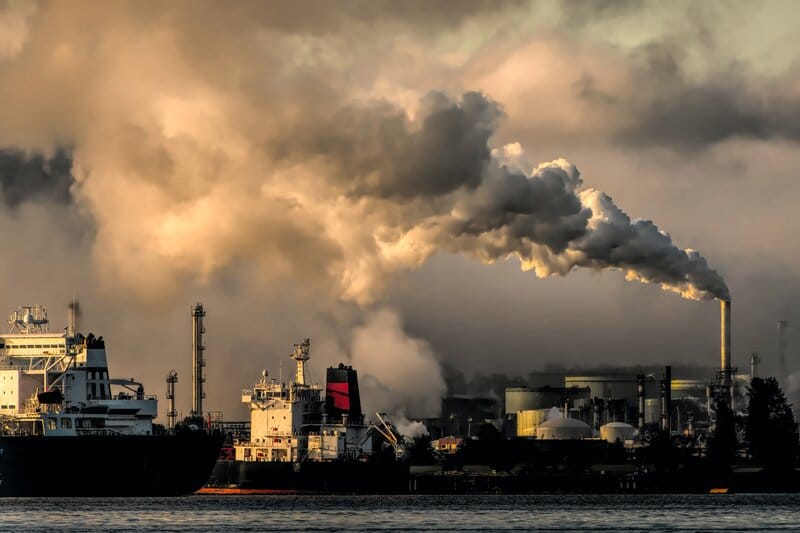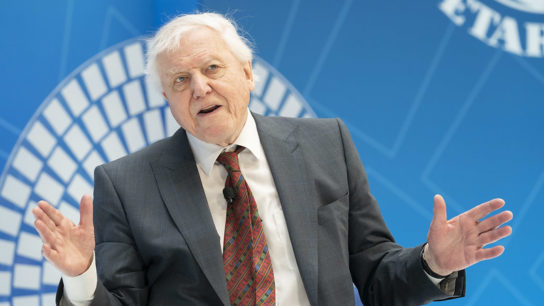Carbon prices in the EU Emissions Trading Scheme, the largest carbon market in the world, exceeded 50 euros per metric ton for the first time on May 4. The cost of carbon pollution in Europe has increased more than 50% this year. Rising prices make it more expensive to release carbon dioxide and force industries to look for cleaner ways to operate, showing these carbon prices are working.
—
What is Happening?
- The carbon permits rose as much as 1.3% on May 4 to trade at 50.05 euros on ICE Futures Europe.
- According to Ulf Ek, chief investment officer at London hedge fund Northlander Commodity Advisors LLP, prices may continue to rise. He expects carbon futures to trade as high as 75 euros by the end of the year in the EU.
Ek said to Bloomberg, “The 50 euro-mark has some significance since it has been a target price for some investors for a number of years by now. Fundamentally, we believe prices can go higher than that, but also expect some tough political discussions on our way to 100+ prices which may turn sentiment at some point.”
- In March 2020 as COVID-19 lockdowns crippled industrial activity in Europe and elsewhere, carbon futures slumped to below 15 euros. However, by July, futures surged above 30 euros for the first time in more than a decade, just days before the EU passed its 500 billion-euro Green Deal.
- There are concerns by industry over the carbon price’s competitiveness which will no doubt make conversations about implementing the Green Deal, aimed at reaching climate neutrality by 2050 and toughening the 2030 emissions-reduction goal, more complicated.
- Some technologies intended to cut emissions, like hydrogen made without emissions, are still too expensive for steel and chemicals producers to use today. Further price gains could change that.
You might also like: Carbon Taxes Tackle Climate Change and Create Jobs. Here’s How.
Emily Jackson, analyst at BloombergNEF, says, “If industry can’t decarbonise, it could just mean higher compliance bills for a while. They will likely start being more strategic about their purchasing and could start hedging in the way that the power sector does now.”
- The multibillion-euro price tag that the EU plans to pay to achieve its climate goals will be eased by the soaring carbon price. Governments auction permits and earmark at least 50% of the proceeds for climate initiatives. As the cost soars, it means EU countries are bringing in more money from those auctions.
- EU leaders are due to debate enacting the stricter pollution target for the next decade at a summit in Brussels on May 23. National governments are divided over issues ranging from the pace at which the EU ETS should be tightened in the coming years to applying carbon trading to new sectors, such as housing and road transport.
- On July 14, the European Commission is set to propose a package of regulations to enact the new 2030 target of cutting greenhouse gases by at least 55% from 1990 levels. The rules will need consent from national governments and the European Parliament to become binding.

















